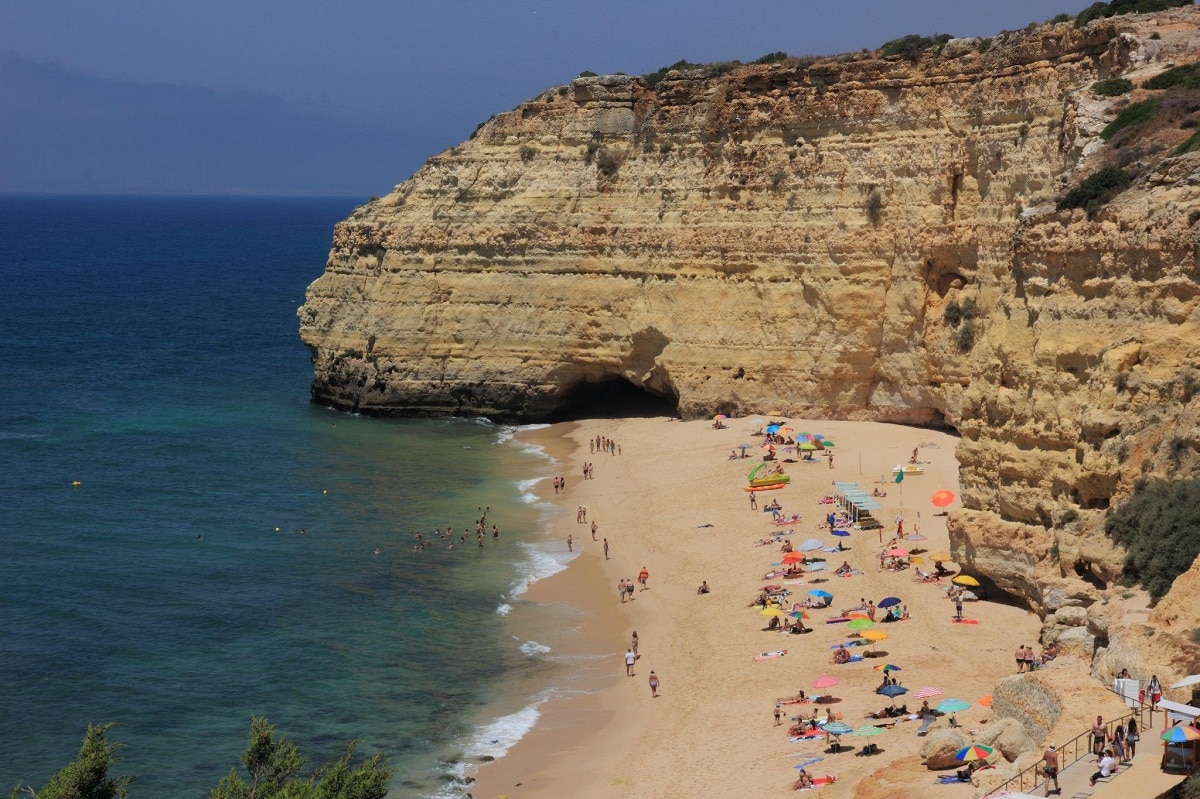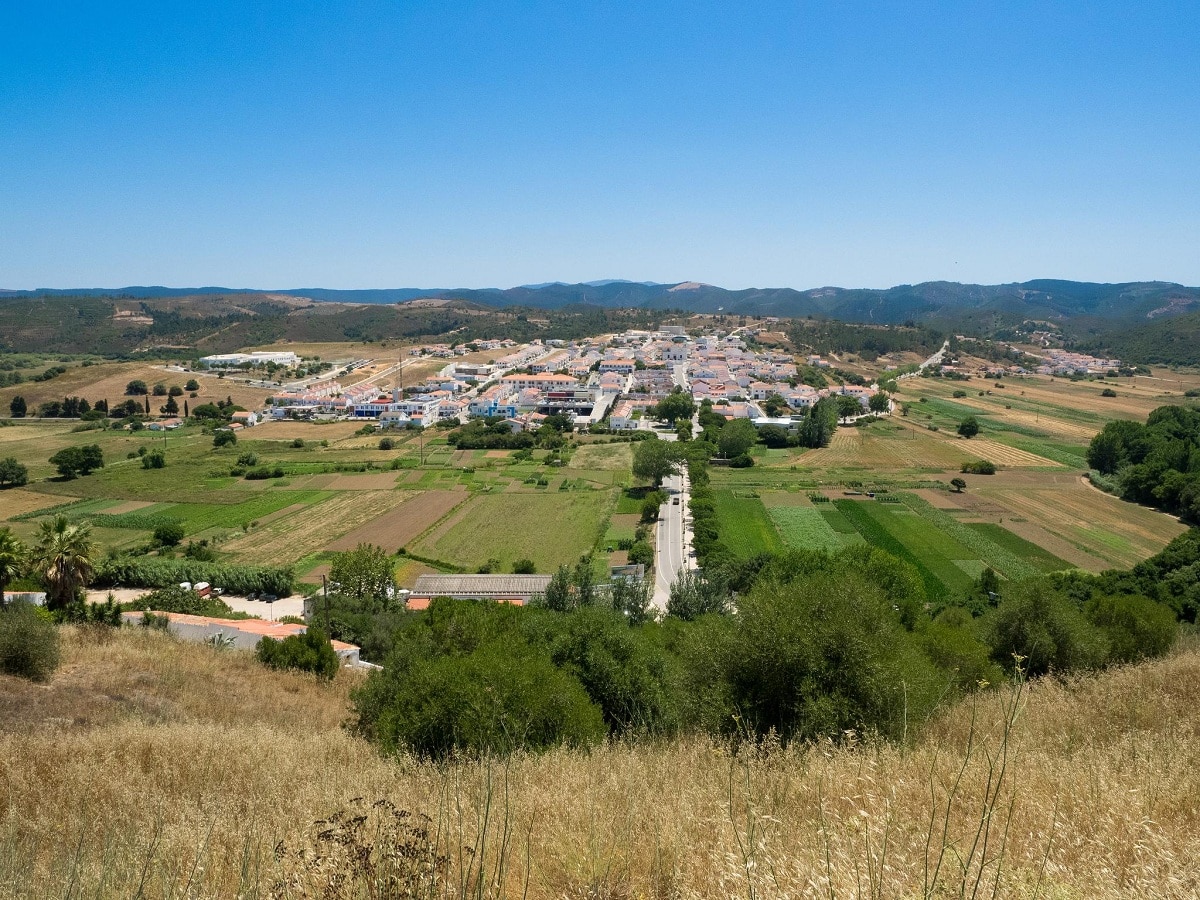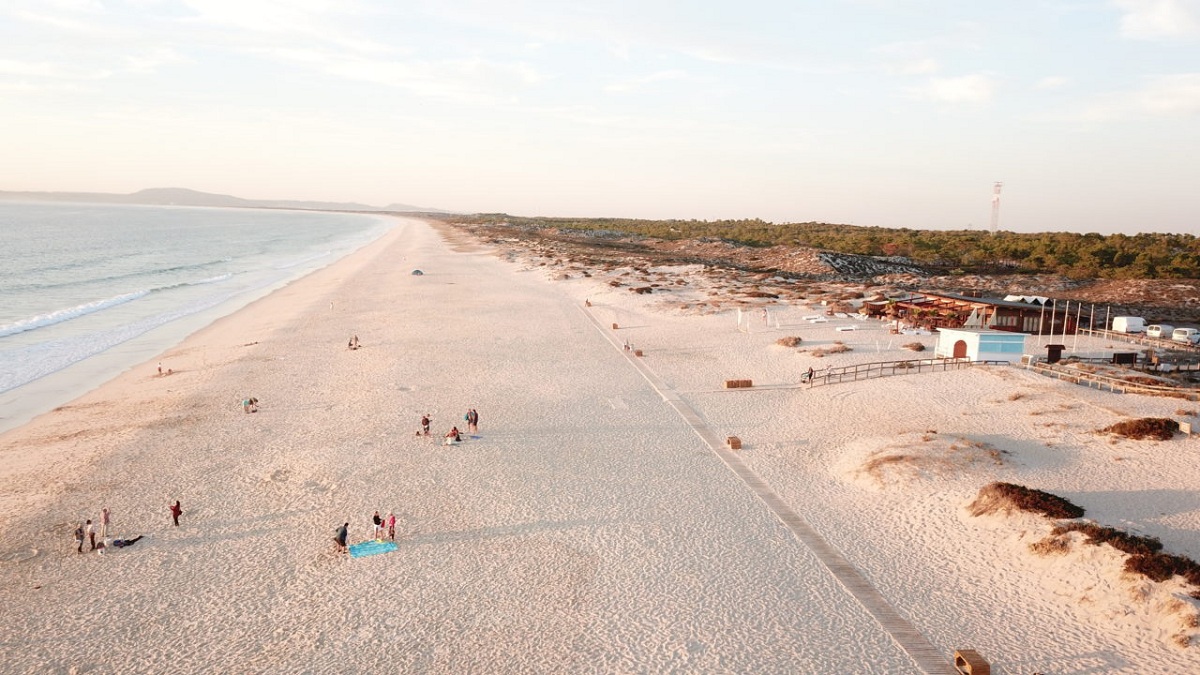
Today we are going to talk about Portugal climate. Being a place that is influenced by the Atlantic Ocean, it has a pleasant temperate climate. It is somewhat cooler and more rainy in the northern area but gradually becomes warmer and sunnier as you move south. In the extreme south we have the Algarve which has a dry and sunny micro climate.
In this article we are going to tell about all the characteristics and variables of the climate of Portugal.
Key features

One of the bad conspicuous things about a place of the difference of climates if you are in the northern part or in the southern part. In the inland areas near the border with Spain it becomes the somewhat more continental climate. In the central and northern part there are some mountain ranges that modify the climate. The Sierra de la Estrella can be skiing in winter as temperatures drop to such an extent that it fills with snow.
When we refer to the sun in the climate of Portugal we see that it is sunny everywhere during the summer. In this season Portugal is protected by the Azores anticyclone. However, on some occasions we find a tail of an Atlantic disturbance that passes through the northern part and generates bad weather. During the rest of the year there is no shortage of rain since they are more frequent and abundant as we advance in the northern part. For this reason we see the northern part very green and it gradually becomes more arid as we go south.
The Algarve is the driest and quality area in all of Portugal. Annual rainfall, which amounts to 1.450 mm in Braga and 1.100 mm in Porto, reaches around 900 mm in Coimbra, 700 mm in Lisbon, and drops to around 500 mm in the Algarve. The rainiest season is winter.
Winter and summer in the climate of Portugal

Let's see what are the characteristics of winter and summer in the climate of Portugal. Winter is mild on the coasts even in the northern areas since average temperatures in January range from 9.5 degrees in Porto, to 11,5 ° C in Lisbon, to 12 ° C in Faro. In winter there are periods with good weather since the Azores anticyclone can reach the country this season. However, we also find waves of bad weather, rain and wind. The wind usually blows with great force from a squall, especially from the north area.
Portugal's position with respect to the ocean guarantees a good refuge from cold currents and night frosts. In fact, it is very rare that such cold currents exist. The record for temperatures on the coast is a few degrees below zero in the north and around zero degrees in the south. On the other hand, in the interior area the brake is somewhat more intense since it is the continental climate. There are areas of hills and mountains where it sometimes leads.
Regarding the summer, we have sunny days everywhere with a temperate or even cool climate and the northern coasts and warmer in the central and southern areas. In some places and the average temperatures are 21 degrees, as is the case in Porto, in which we find the daily maximums of 25 degrees. In the areas most exposed to ocean winds, it is usually cool and even in summer. The Algarve coast is more protected and has temperatures similar to those of Lisbon. The heat is becoming more intense in the interior areas, particularly in the central and southern areas in the plains and valleys. There are some days that can be torrid and the temperatures increase noticeably.
The most normal thing is that all of Portugal is affected by heat waves from Africa. In some situations we can find temperatures of up to 37 degrees on the coasts, while in inland areas it can exceed 40 degrees.
As for the intermediate zones, they are cooler in the north and temperate in the south. Here the rains are quite frequent, especially in the north where it is usually a bit colder.
Differences in the climate of Portugal the north and south

We are going to see what are the differences in the climate of Portugal if we go to the northern part or the southern part.
The northern part has more frequent rains during the winter season, while in summer they are rare and scarce. In the northernmost part of the coast, we have cool sea and even in summer. In some areas, it can reach 18 degrees in the month of July. With respect to the northern areas of the interior, winter becomes colder, especially as we increase the altitude. The altitude is rising every time we move away from the ocean to such an extent that it can take.
The part located in the extreme northwest corresponds to Bragança. It is located at an altitude of 700 meters above sea level and has somewhat more intense cold periods. Here temperatures can reach as low as -10 degrees. Summer is hotter and sunnier, even if the nights are cool. Sometimes I can see quite a bit of heat in here. Beyond the southern area, to the northeast of Coimbra we have mountain ranges that culminate with peaks of 1.993 meters. Here temperatures can be around -15 / -20 degrees.
The capacity of the center and the south we have a more temperate winter with disturbances from the Atlantic Ocean. These disturbances happen less frequently and windy days are also less frequent. Summer is warmer, but not on the coast Don Ocean air feels pretty good summer.
I hope that with this information you can learn more about the climate of Portugal and its characteristics.